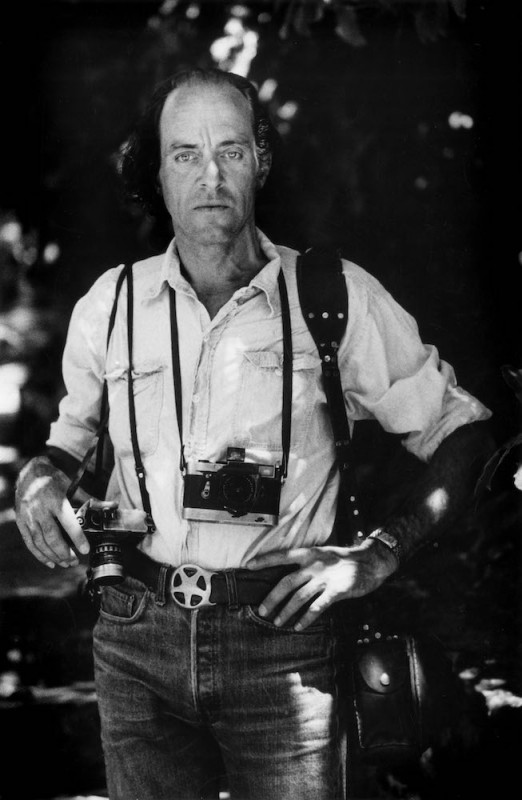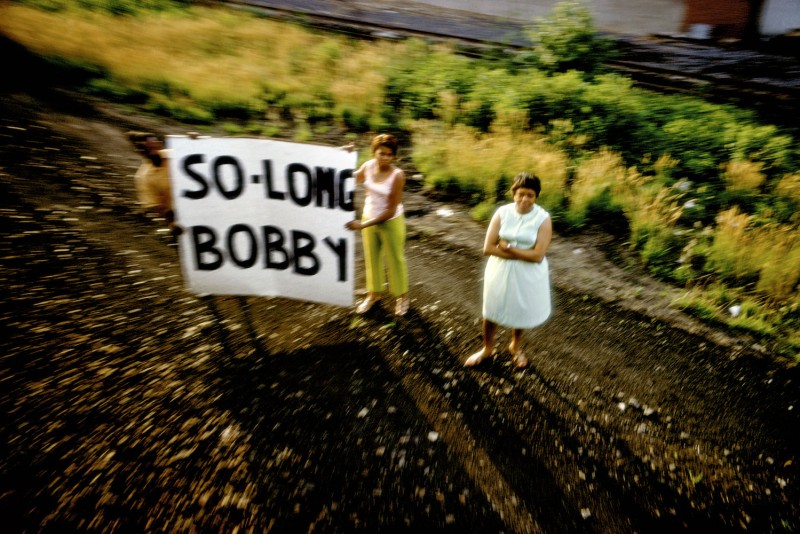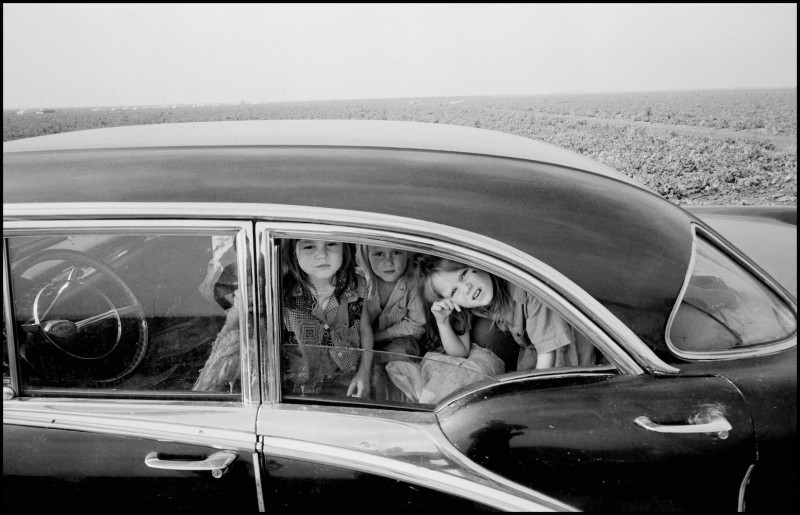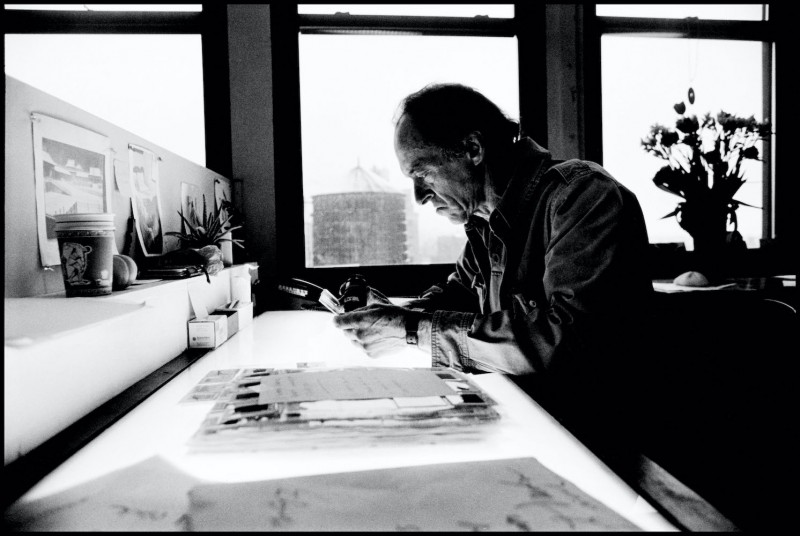Obituary: Paul Fusco
Obituary: Paul Fusco
July 18, 2020

© Magnum Photos
“A lot of my work yells. I want my pictures to do that - not all of them, but I want people to be moved. I want people to feel what life is like among the people in my photographs. I want people to be moved into the lives of the people they're looking at.”
Born on August 2, 1930 in Leominster, Massachusetts, Paul Fusco was a teenager when he discovered his passion for photography. From 1951 to 1953 he served as a photographer for the United States Army Signal Corps in Korea, before studying photojournalism at Ohio University. In 1957 he moved to New York City and started his career as a staff photographer for Look – where he remained until the magazine closed down in 1971. In 1973, he became a member of the Magnum agency.
“Magnum Photographers from across the generations remember [Fusco] for the inspiration his work gave them as well as his generosity within the community,” Magnum’s president Oliver Arthur said in a statement. “His presence will be missed and his legacy will be remembered.”
Fusco’s most celebrated series was published thirty years after it was created: commissioned by Look, the photographer travelled aboard the funeral train of Robert F Kennedy following his assassination on June 6, 1968. As the train made its way from New York’s Penn Station to Washington, hundreds of thousands of Americans lined the tracks to pay their respects. With colour film, Leica and Nikon cameras, Fusco created an unparalleled portrait of a nation in mourning. Old and young people, couples, families and groups of friends stood by the train tracks – united in their grief, and stunned into disbelief as their hopes of socio-political change were shattered.
“As I kept editing from well exposed to darker and darker photos, I realised that the themes of the story were from light to dark, hope to loss, love to tragedy and pain,” Fusco later explained in the book ‘Magnum Contact Sheets’. At the time, Look printed just two images taken on this poignant, eight-hour journey. It was only decades later that the series was rediscovered, published and exhibited – and recognised as one of the most masterful examples of a photographer’s ability to combine personal observation with the political and social atmosphere of the times. In the words of fellow Magnum photographer Peter van Agtmael: “The depth and commitment of his work has always been an inspiration, and of course Funeral Train remains one of the most remarkable works on the United States ever made.” (Ulrich Rüter)

© Magnum Photos

USA. 1968. Robert KENNEDY funeral train. © Paul Fusco / Magnum Photos

USA. 1968. The California Grape Strike © Paul Fusco / Magnum Photos / Agentur Focus

USA. 1993. A portrait of Magnum photographer Paul Fusco editing photographs © Paul Fusco / Magnum Photos / Agentur Focus